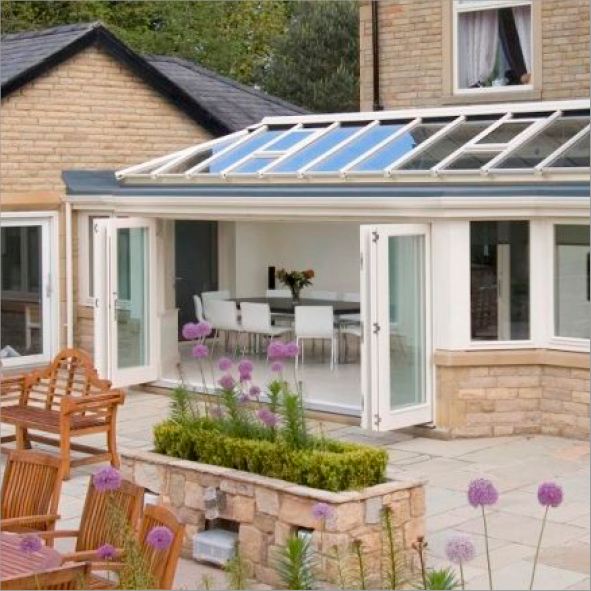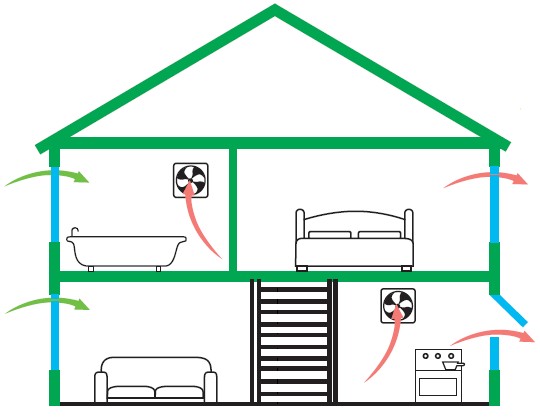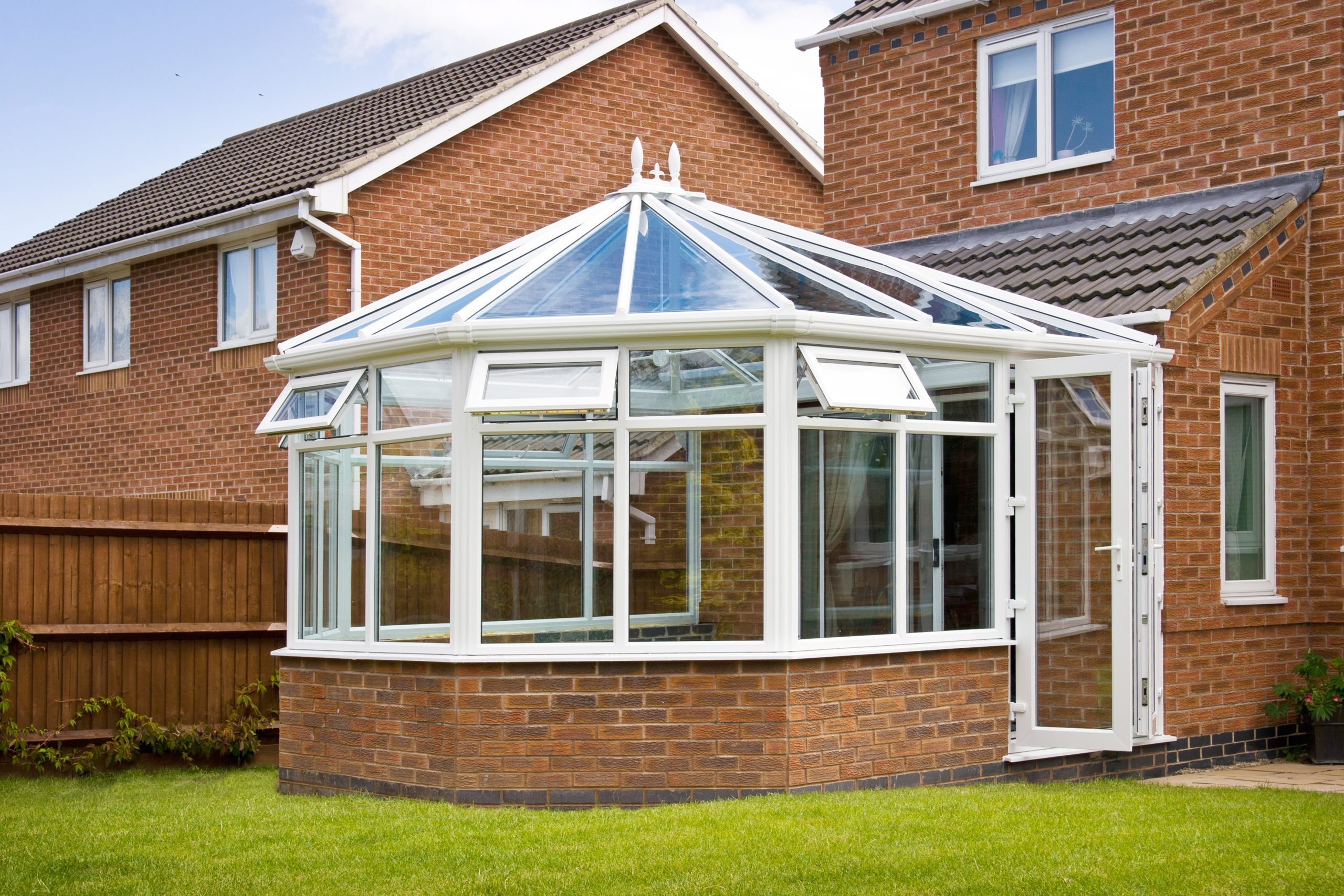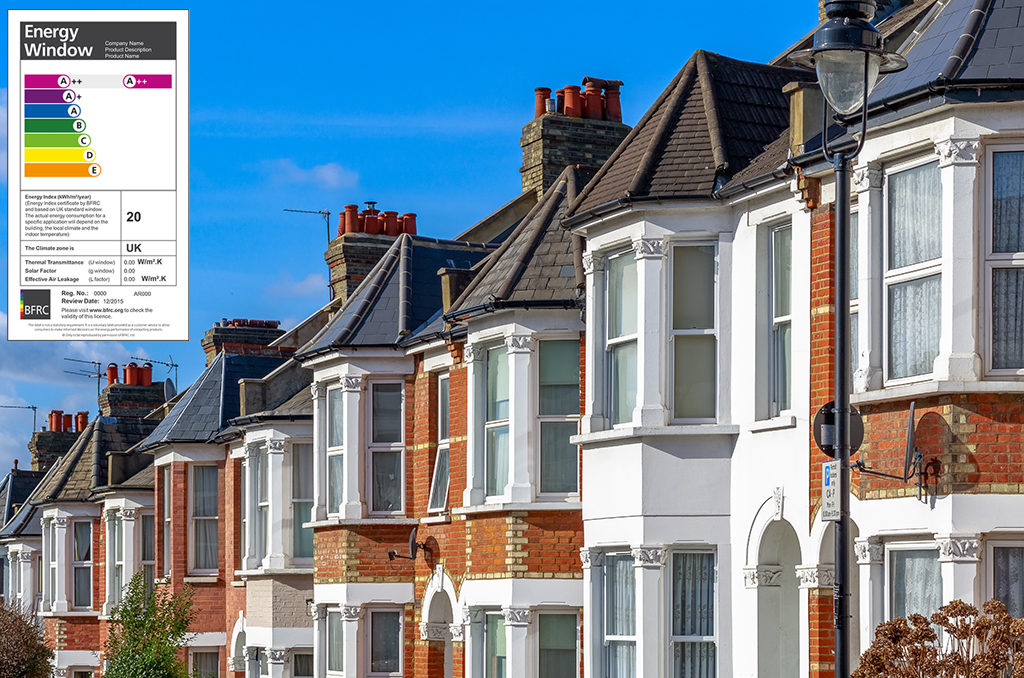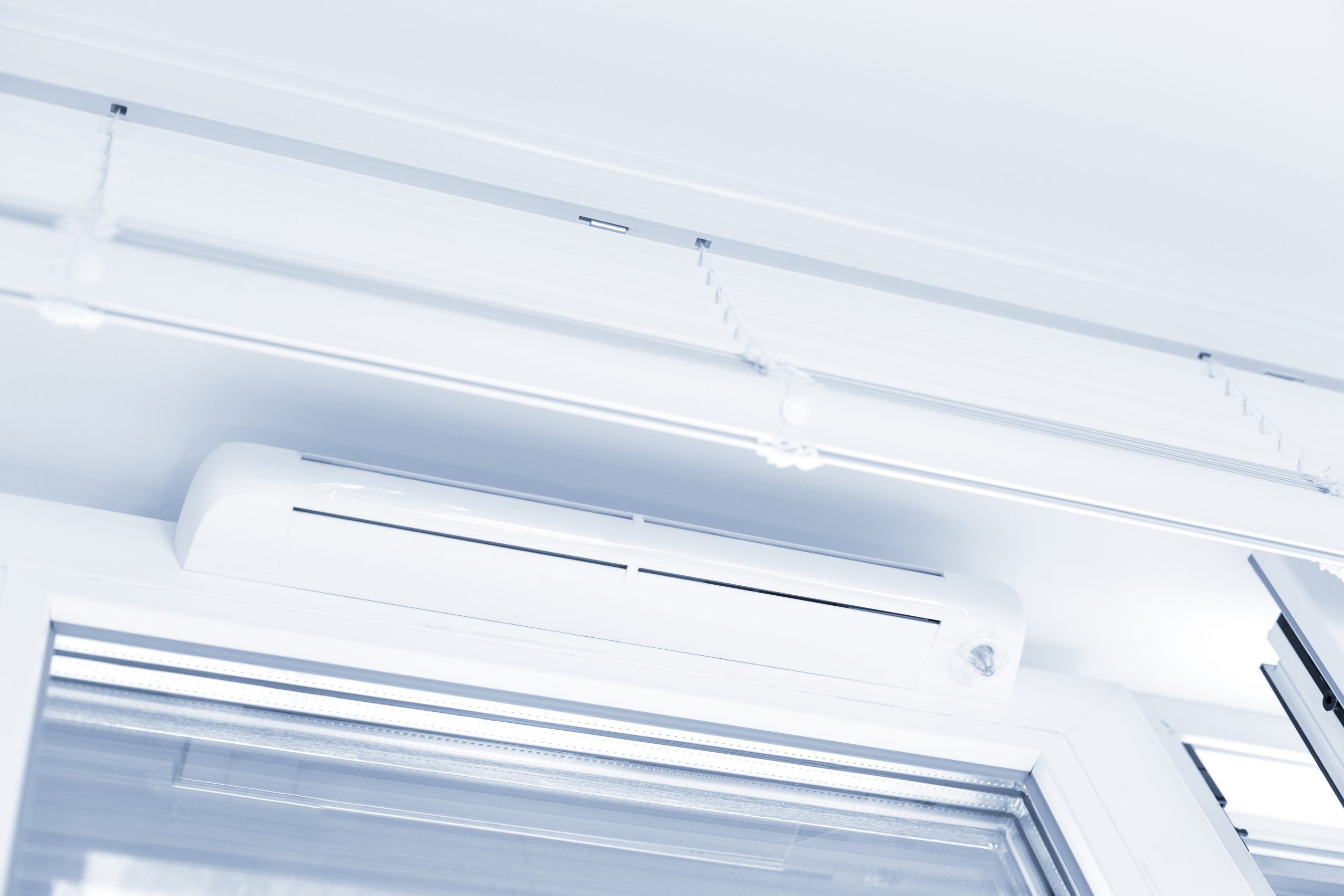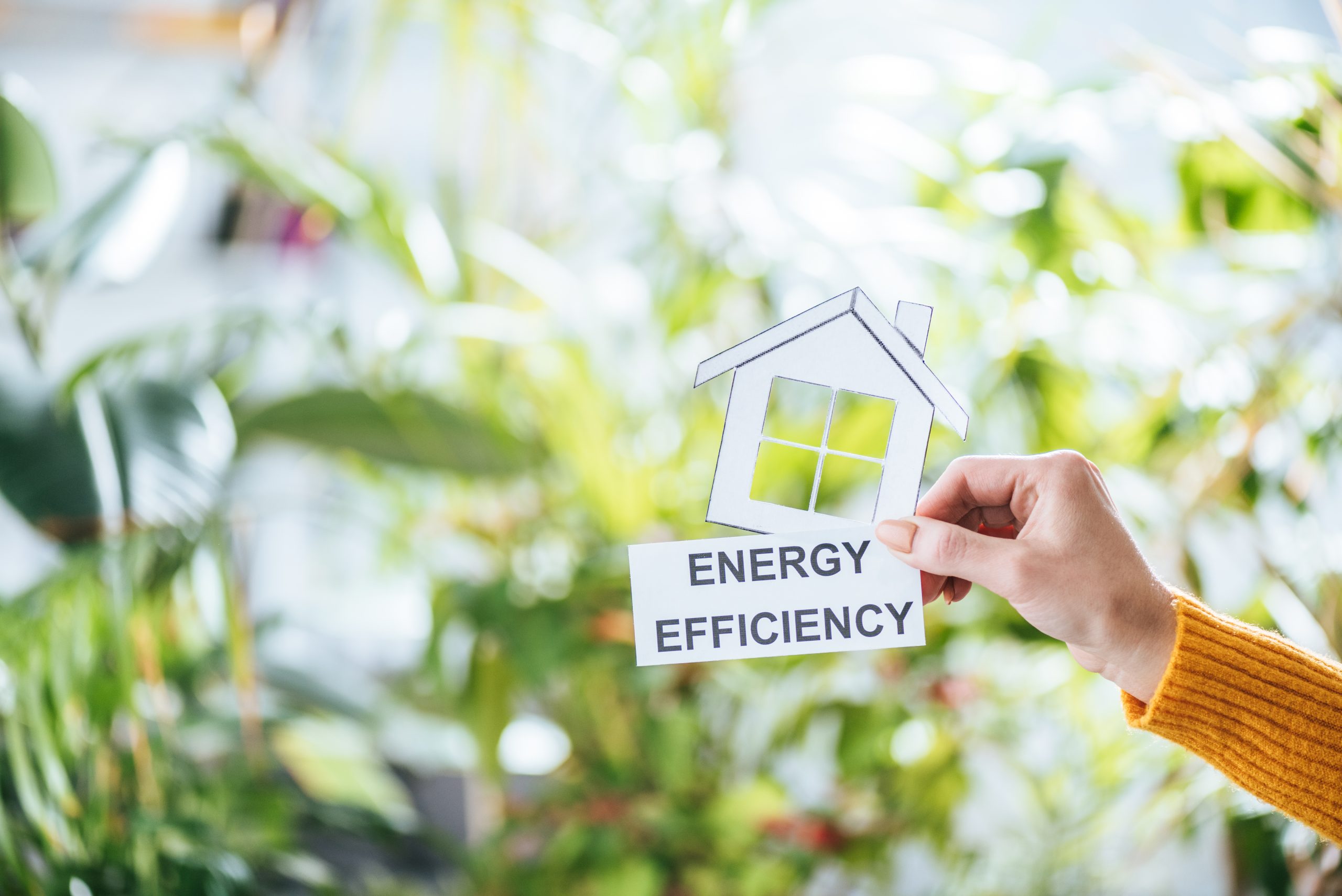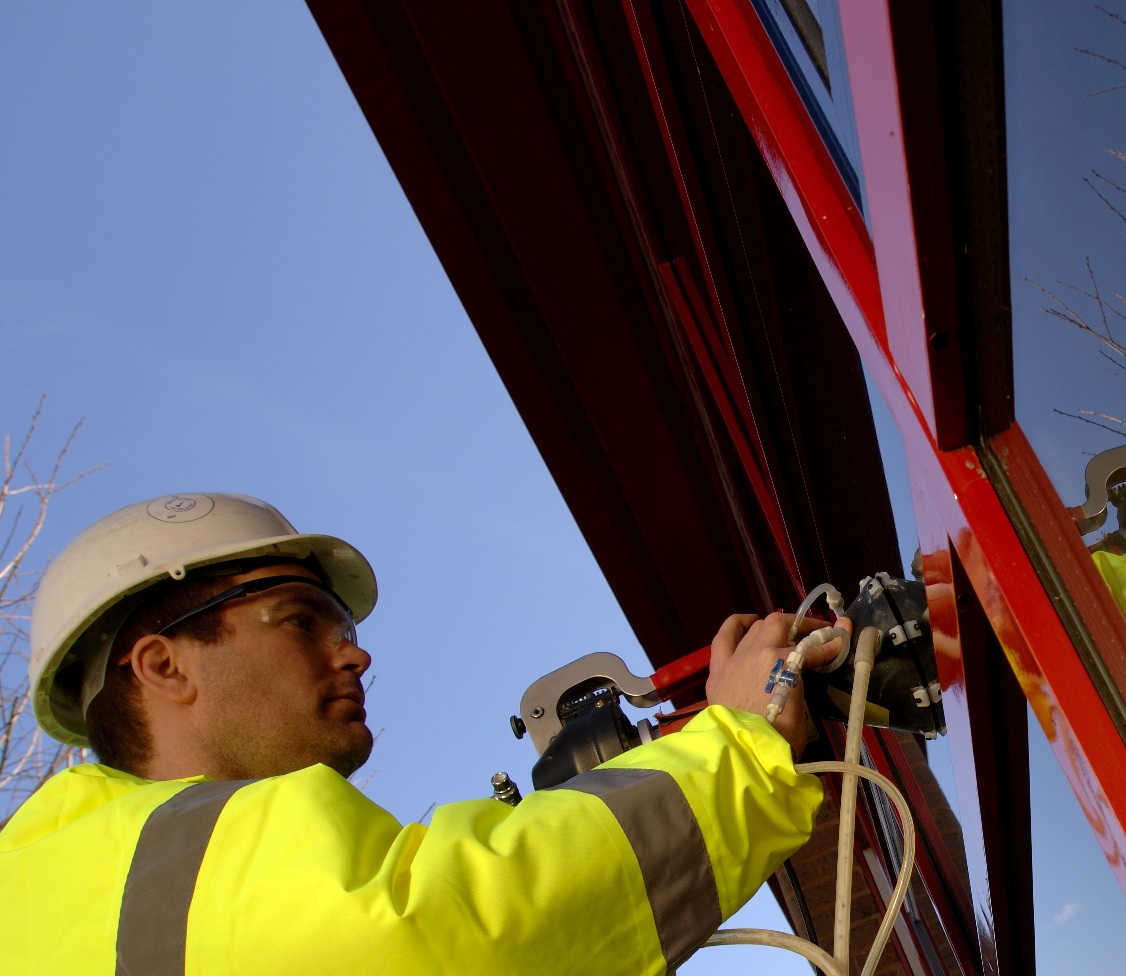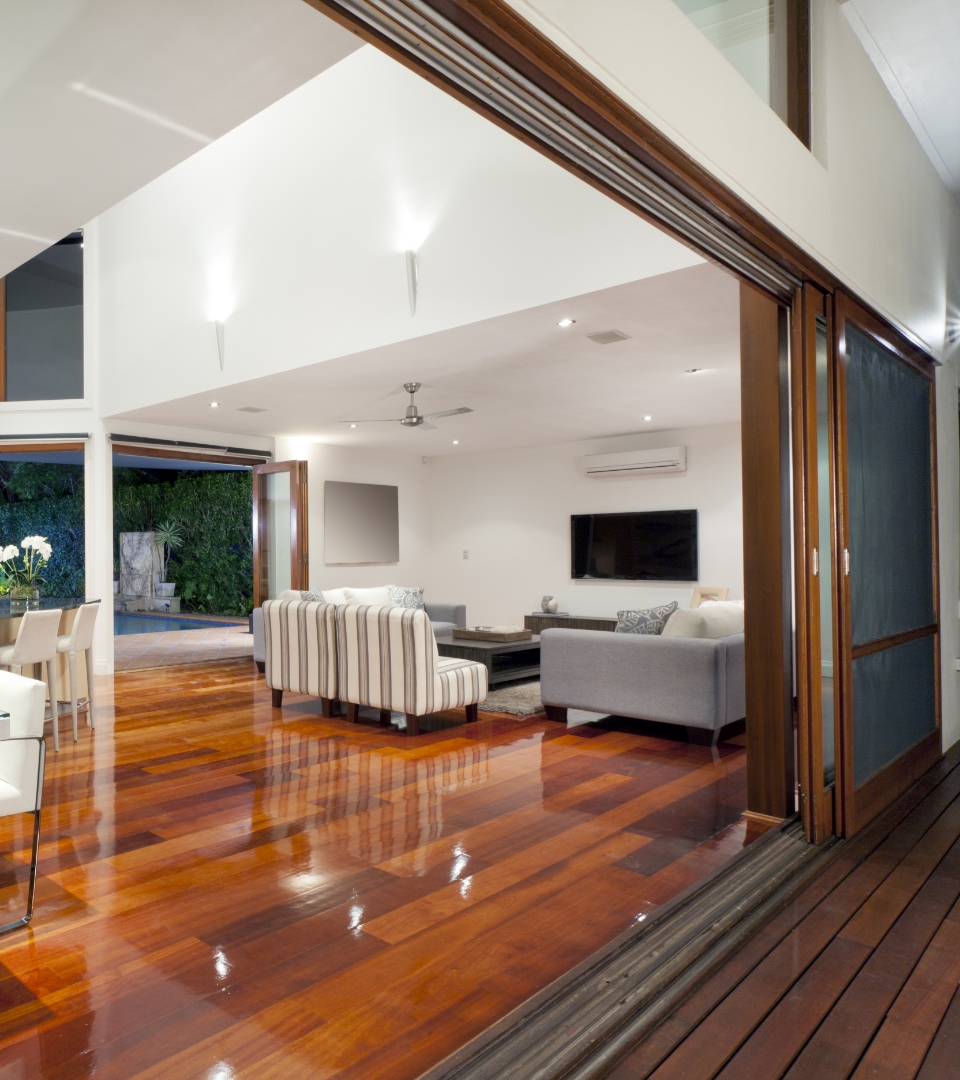The basics of home ventilation
Ventilating a home helps to create a healthy living environment – find out how and about the different ventilation strategies available to homeowners.
What is ventilation?
Ventilation is the exchange of air between the interior and exterior of a dwelling. The main purpose of ventilation in a home is to remove polluted indoor air and replace it with ‘fresh’ outside air.
Why is it necessary in my home?
The circulating air reduces the risk of danger from harmful indoor pollutants being produced within the home. This helps to provide a healthy and comfortable internal environment for the occupants of a home.
The Building Regulations Advisory Committee in England and Wales require ‘that there shall be adequate means for ventilation provided for people in the building.’
In Scotland the Building Standards state that ‘all buildings require to be ventilated so that the air quality within the building is not a threat to the health of the occupants or the building itself.’
Main types of ventilation
Purge ventilation
Sometimes referred to as rapid ventilation, this is the rapid exchange of large amounts of air between rooms or between a room and the outdoors, and is usually achieved by opening a window or a door.
Benefits:
- Assists with removal of occasional pollutants such as smoke and smells from cooking, or fumes from painting and decorating
- Stops a dwelling from getting too hot and uncomfortable during warm summer periods
Extraction ventilation
This is the active extraction of air from rooms through mechanical means, usually with a fan or air conditioner.
Extraction ventilation is needed in rooms that are regularly exposed to pollutants or excess water vapour such as kitchens and bathrooms. Such rooms can use permanent or intermittent extraction.
Benefits:
- Limits the spread of fumes and pollutants throughout a dwelling
Background ventilation
This is the passive flow of air into and out of rooms via vents, and is achieved by means of ‘a small ventilation opening designed to provide controllable ventilation throughout an entire building’.
Background ventilators should ideally be positioned 1.7 m above floor level to avoid noticeable draughts.
Trickle ventilators are ideal for meeting this requirement. Various devices can be used to open and close vents to suit the activities of the home’s occupants.
Benefits:
- Background ventilation via trickle ventilators can provide a home with a secure, draught-free and consistent supply of ventilation even when windows are locked in a closed position

 Emergency Glaziers
Emergency Glaziers GGF Shop
GGF Shop MyGlazing.com
MyGlazing.com Find a GGF Member
Find a GGF Member